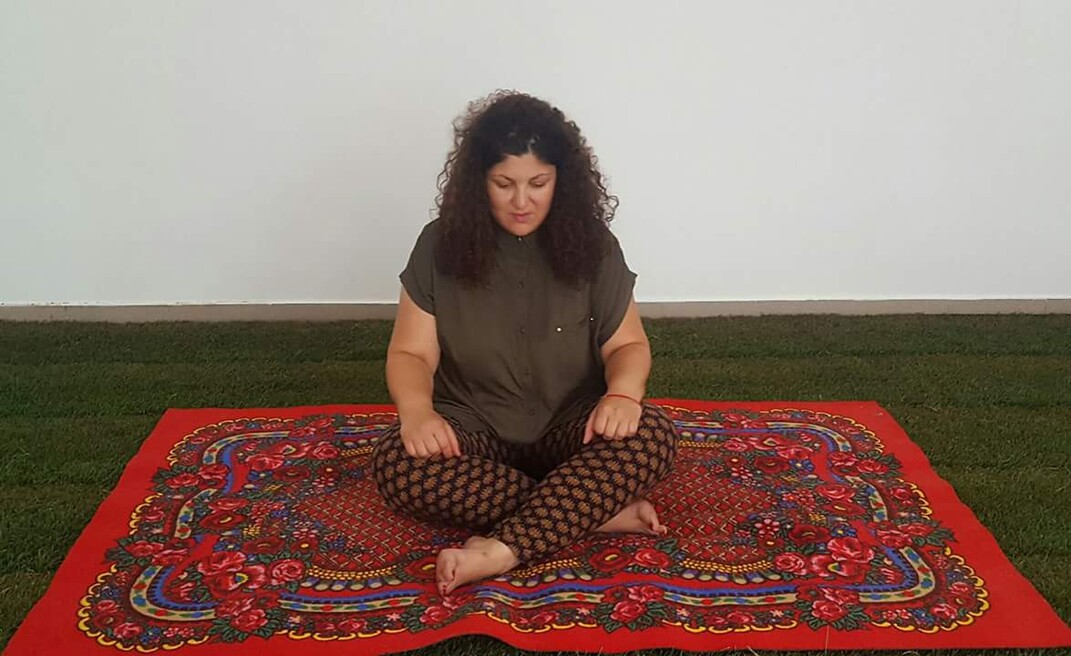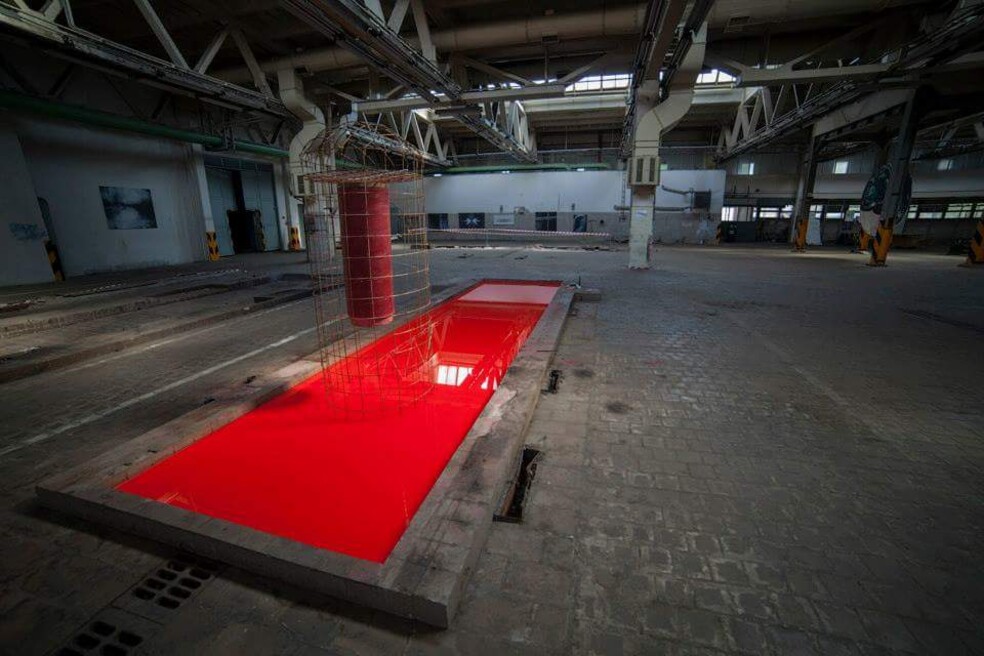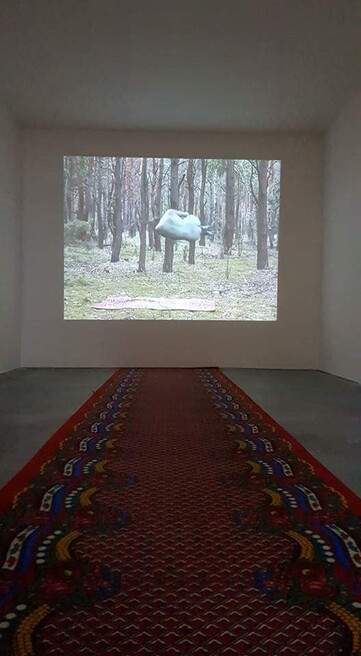Emília Rigová
Bereich: Video, Photographie, Installation, Performance
Key Facts
Nationalität
SlowakeiBereich
Video, Photographie, Installation, PerformanceWohnort
TrnavaEmpfehlende Institution
tranzit.org/ERSTE StiftungZeitraum
Juni 2018 - Juni 2018Emília Rigová (*1980) ist eine bildende Künstlerin aus der Slowakei. Neben ihrer Beschäftigung mit Kunst unterrichtet sie an der Matej Bel Universität in Banská Bystrica Kunst (Objekt, Multimedia, Intermedia). Für Rigová ist ein Objekt in Form einer Installation, einer Performance oder einer ortsspezifischen Intervention ein Grundelement ihrer Kunstsprache. Darüber hinaus gehört zu ihrem Spektrum künstlerischen Ausdrucks die Arbeit mit Computergrafiken über eine 2D-Schnittstelle, die stets von den Grundlagen klassischer Malerei geprägt sind. Im Zentrum Ihres künstlerischen Schaffens steht die Arbeit mit Emotionen in spezifischen sozio-kulturellen Milieus: Kulturelle oder soziale Stereotypen, Alter Ego und Roma Identität. Sie hat bereits in Österreich, der Tschechischen Republik, Deutschland, Ungarn, Polen und der Slowakei ausgestellt.
The tentative title: The Final Cut
My project for the residency at the MuseumsQuartier will deal with the topic of the coercive sterilizations of Romani women in socialist Czechoslovakia and post-socialist succession states. Romani women were in large numbers subjected to sterilization without an informed consent, under a false pretext, or waywardly without their awareness. The directive on sterilizations was abolished by the respective countries in 1993, yet the practice continued for more than a decade. According to the report by the European Roma Rights Centre, entitled Coercive and Cruel, the last registered case of forced sterilization occurred in 2007.
This topic is personally relevant for me, as my mother was subjected to sterilization in 1980 without her awareness and found out about only after 1989 during the regular medical check-up. However, my artistic enunciation does not aim at communicating individual experience of my mother, but of all women in various historical, political and geographical contexts whose have been robbed not only of their bodily integrity but also of their joys and worries… The title of the intended project is also an allusion to final solution and thus related communist practices with eugenics practices of the Nazi regime. This inclusivity makes the project relevant locally, but also universally. As concerns the formal means, I will use historical photographs and documents related to the period in question. Further, I will use picture manipulation and narrative mystification to create personas of my unborn siblings. This project is intended as a contribution to the coming with terms with this painful topic on both personal and societal levels and as a personal imprint into our collective memory.
During my Q21 residency, I worked on the Final Cut project. This project is devoted to the topic of sterilization of Romani women. The result of my research will be an exhibition that will be divided into two parts. One part maps the historical context of the theme of eugenics from II. World War and the Communist regime. The second part of the project is personal and is dedicated to my family and as our family has influenced the fact that my mother was sterilized without her consent and consciousness. During my stay in Vienna, I traveled to an international workshop for registered participants organized at NYU in Prague. The workshop was focus on analysing the reasoning behind the forced sterilization of Roma in the Czech(oslovak) Republic in the context of eugenics and the welfare state. The invited scholars who have dealt in their research with the forced sterilization of Roma in Communist Czechoslovakia, as well as scholars focused on sterilization practices in the Scandinavian context where forced sterilization was used as an official tool of the welfare state up to the 1970s. Another important topic of the workshop and of the roundtable was be the compensation of the victims, and they have therefore invited members of advocacy groups and representatives of the victims to participate as well. Speakers at the workshop:
Angéla Kócze, CEU, Budapest
Maija Runcis, Stockholm University
Celia Donert, University of Liverpool
Edit Szenassy, Charles University, Prague
During this workshop, I have established valuable contacts and possibilities of working with historians whose participation in my project is very much needed. This topic is really challenging and I'm not going to end it after a month and perhaps even after a year.
During the residence I visited and saw many exhibitions and met the artists. In addition, I participated in the roma Romano Svato Festival, which lasted for 4 days. During the festival, I was most interested in the feminist debate with Ethel Broks, where she read her manifesto or theatrical performance attending the Maxim Gorki Teatro Roma Armee in the Volkstheater.



